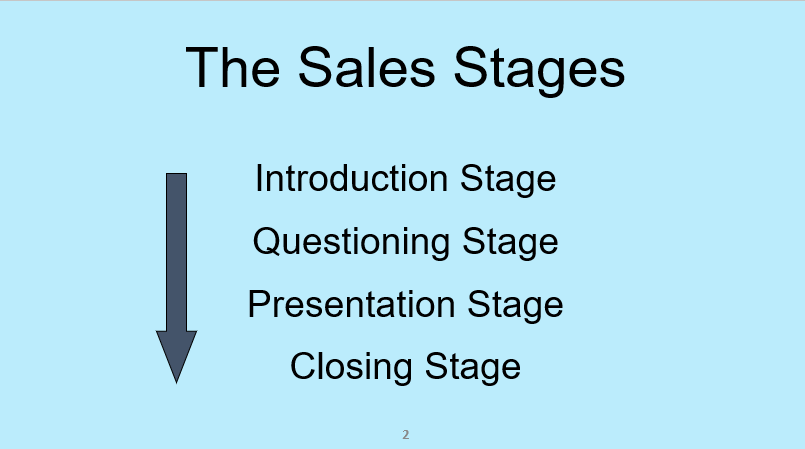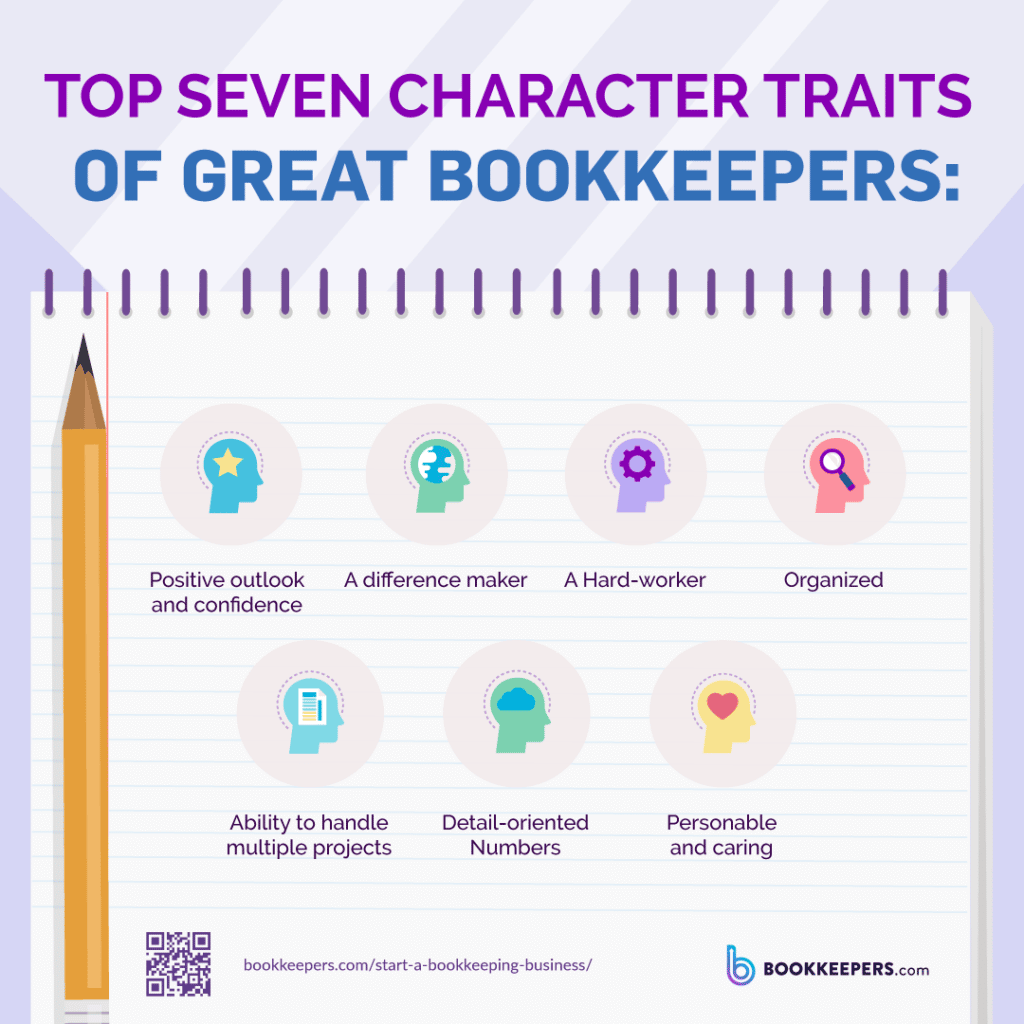
A General Account Ledger helps you keep track all of your accounts. Its primary purpose is to help you keep track of your business' accounts. This type of ledger offers many benefits. It is simple to use and can keep track of all transactions in your company. It does require some technical knowledge. You can read this article to learn more about GL codes.
GL codes
You can use GL codes to code data that is already in the general account ledger. It is easy and simple to add numbers in an existing format. You can simply review the available options and choose a standard number. This is one reason a GL Code is so useful. It ensures data accuracy. You can also track revenue from a variety sources using GL codes. This article will provide more information about these codes.
It is hard to keep track of all the transactions in general account ledgers. However, GL codes make it possible to search the entire ledger. To reconcile vendor invoices or statements, restaurant accountants can use GL numbers. They can quickly find specific criteria by using these codes and save both time as well as money. The following example illustrates how GL codes for general account ledger can make a difference to a restaurant's financial reports.

Chart of accounts
The first step in creating a chart of accounts is to determine what your business will use for accounting. Businesses will typically use both general accounts and particular accounts. Asset accounts keep track of the company's assets, regardless of whether they are intangible or physical. This type allows you to track your business's performance across multiple years. When creating your chart, here are some points to keep in mind.
Your chart or accounts will display the accounts of your company. You will then need to enter the accounts into your software. Each account requires an opening balance. This will be used for debit and credit transactions. You should know the opening balance for all accounts in your chart. The chart of account can then be used to review your business financial statements. Understanding the differences between different types of account ledgers will help you make better business decisions.
Columns
You can filter, sort, or drill by columns to get the most out the general account leger. A large general ledger report can be exported as a PivotTable. This makes it easier for you to identify and visualize meaningful trends. Let's take for example, that you're looking at insurance payments in the last 20 years. You need to determine the total insurance payments during that time period.
To understand the accounting process, it's important to understand how general account ledger accounts work. The accounts are structured in the same way they appear on financial statements. Typically, accounts with the asset division have numbers in the hundred or fifty digits. It is much easier to add new accounts to normal account numbers if they are assigned tens of digits. In most cases these columns are arranged according to account numbers.

Entry order
In accounting, an entry order is the process of posting debit and credit amounts to a specific account. The process is based on recording receipts. This includes invoices and incoming payments, cash vouchers and bank statements. Transactions are arranged chronologically, with current, preparatory, and opening entries. These transactions are added to a general ledger to document the factual division of all business transactions.
The general ledger consists of five accounts: assets, liabilities (equity), expenses, and equity. The transactions are posted to the accounts according to their order of occurrence. Cross-referencing is possible with the number column. For example, a transaction that is posted on to an asset does not become an expense until it's credited. This can be repeated with credits and debits in the exact same order.
FAQ
What is the purpose of accounting?
Accounting provides a view of financial performance by measuring and recording transactions, analyzing them, and reporting on them. It enables organizations to make informed decisions regarding how much money they have available for investment, how much income they are likely to earn from operations, and whether they need to raise additional capital.
Accounting professionals record transactions to provide financial information.
The data collected allows the organization to plan its future business strategy and budget.
It is essential that data be accurate and reliable.
What training do you need to become a bookkeeper
Basic math skills are required for bookkeepers. These include addition, subtraction and multiplication, divisions, fractions, percentages and simple algebra.
They will also need to be able use a computer.
Most bookkeepers have a high school diploma. Some have even earned college degrees.
What should I look for in an accountant's hiring decision?
Ask questions about experience, qualifications and references before hiring an accountant.
It is important to find someone who has done this before, and who knows what he/she's doing.
Ask them for any specific skills or knowledge that they might have that you would find helpful.
Make sure that they are well-respected in the local community.
Statistics
- a little over 40% of accountants have earned a bachelor's degree. (yourfreecareertest.com)
- Employment of accountants and auditors is projected to grow four percent through 2029, according to the BLS—a rate of growth that is about average for all occupations nationwide.1 (rasmussen.edu)
- The U.S. Bureau of Labor Statistics (BLS) projects an additional 96,000 positions for accountants and auditors between 2020 and 2030, representing job growth of 7%. (onlinemasters.ohio.edu)
- BooksTime makes sure your numbers are 100% accurate (bookstime.com)
- In fact, a TD Bank survey polled over 500 U.S. small business owners discovered that bookkeeping is their most hated, with the next most hated task falling a whopping 24% behind. (kpmgspark.com)
External Links
How To
Accounting: How to Do It Right
Accounting is a set of processes and procedures that allow businesses to track and record transactions accurately. It includes recording income and expenses, keeping records of sales revenue and expenditures, preparing financial statements, and analyzing data.
It also involves reporting financial data to stakeholders such shareholders, lenders investors customers, investors and others.
Accounting can be done in many different ways. Some include:
-
Creating spreadsheets manually.
-
Excel.
-
Notes handwritten on paper
-
Utilizing computerized accounting software.
-
Online accounting services.
There are many ways to do accounting. Each method has its advantages and disadvantages. It all depends on what your business needs are and how you run it. You should always consider the pros and cons before choosing any method.
Accounting methods are not only more efficient, they can also be used for other reasons. Good books can prove your work if you are self-employed. You might prefer simple accounting methods if your business is small or does not have large financial resources. You might prefer to use complicated accounting methods if you have a large business that generates large amounts.